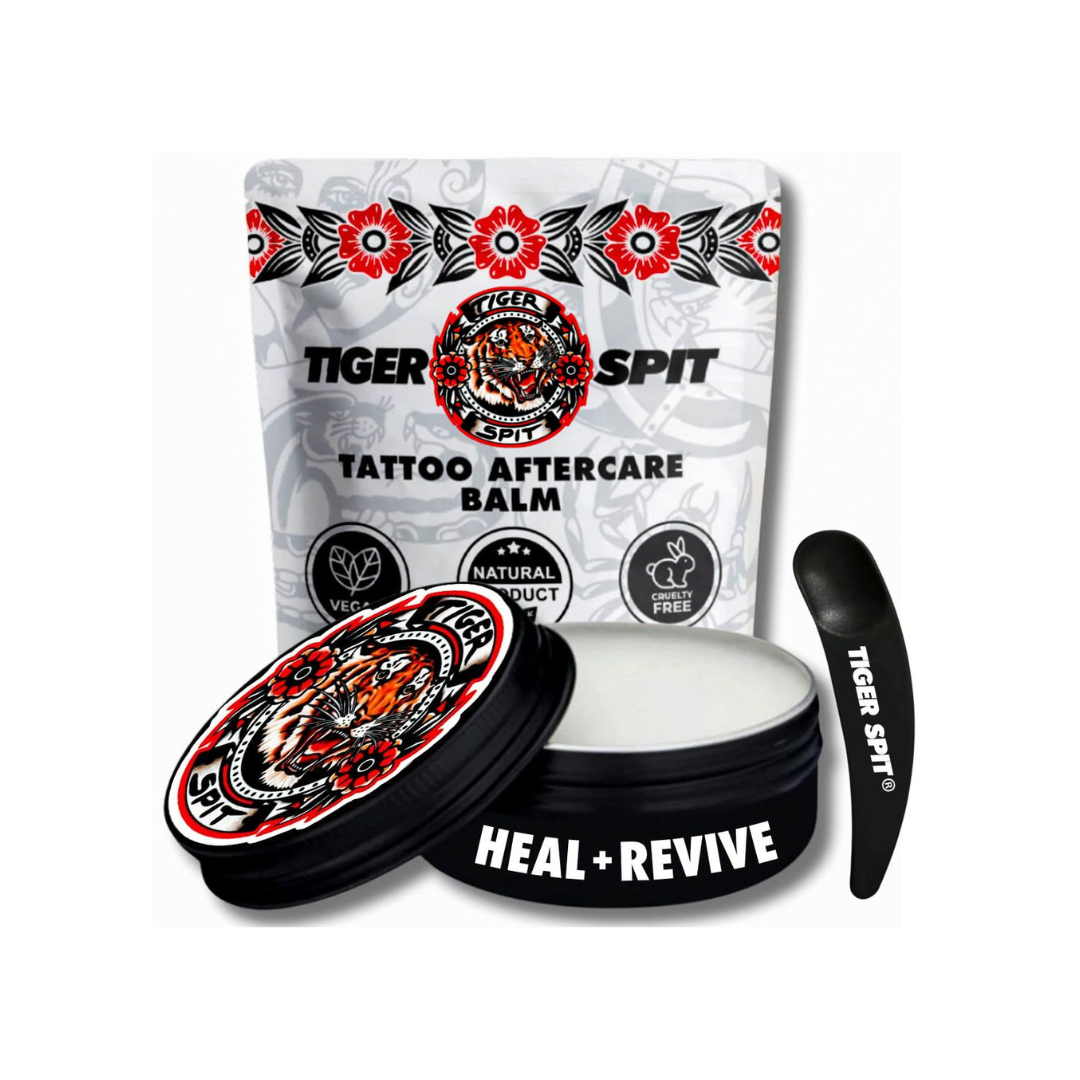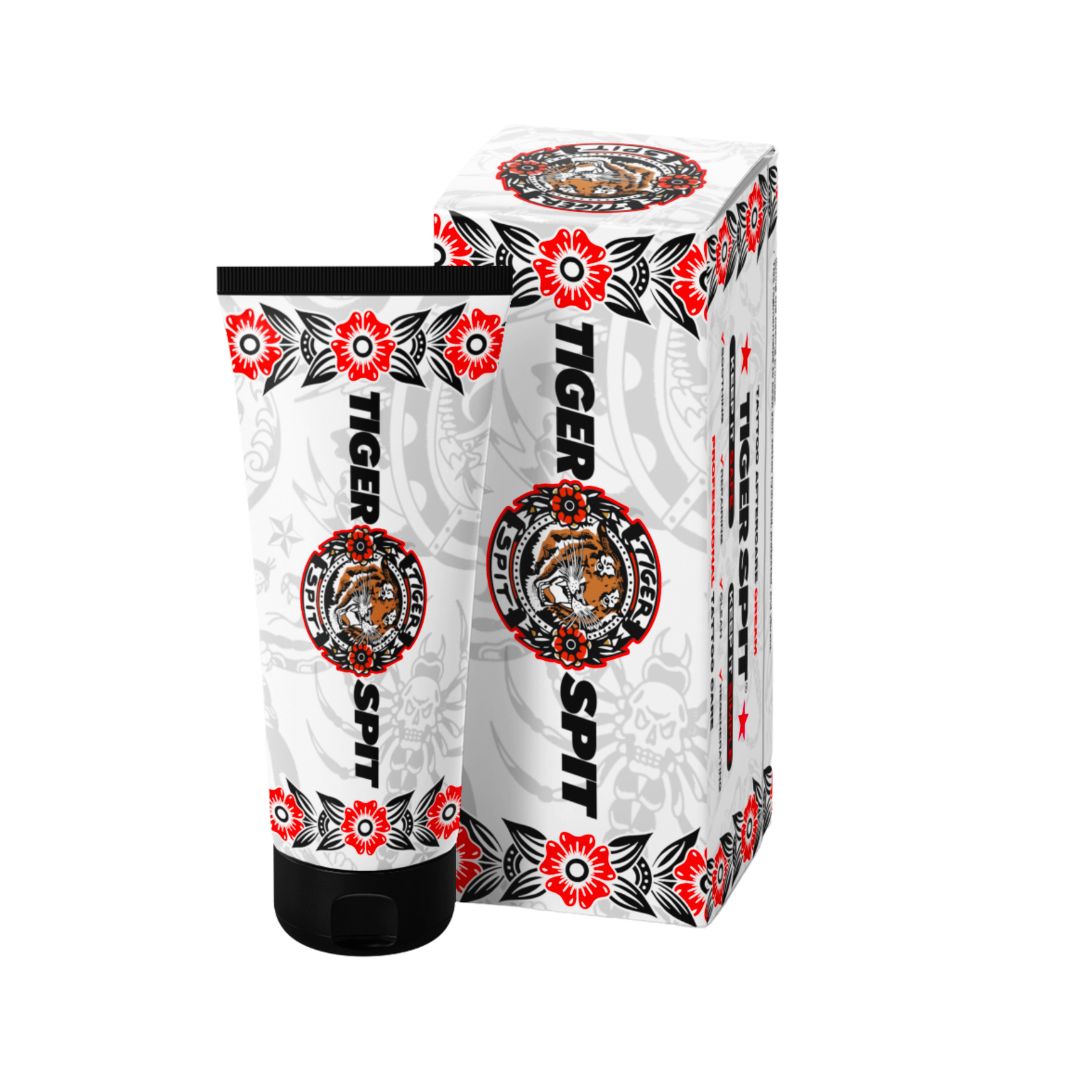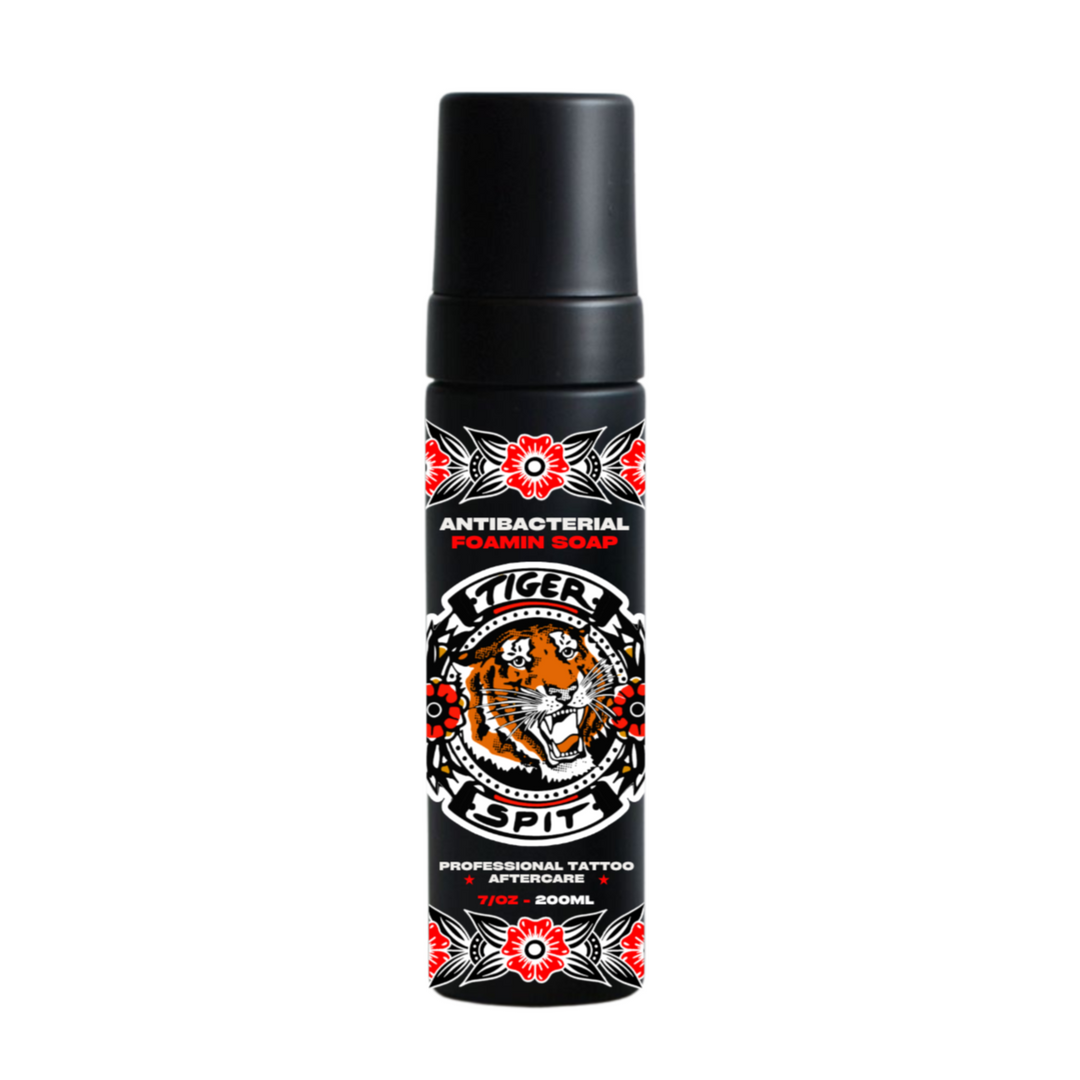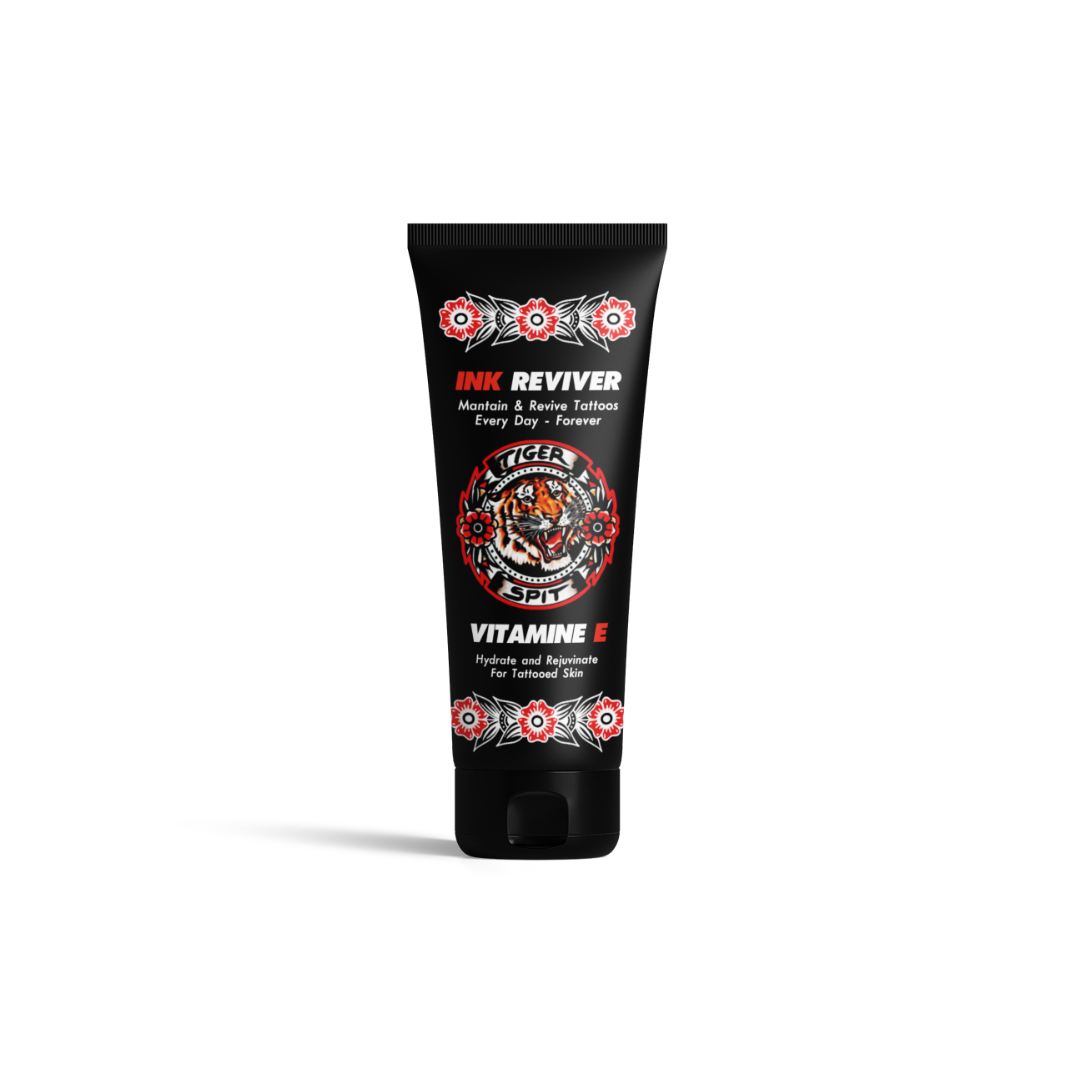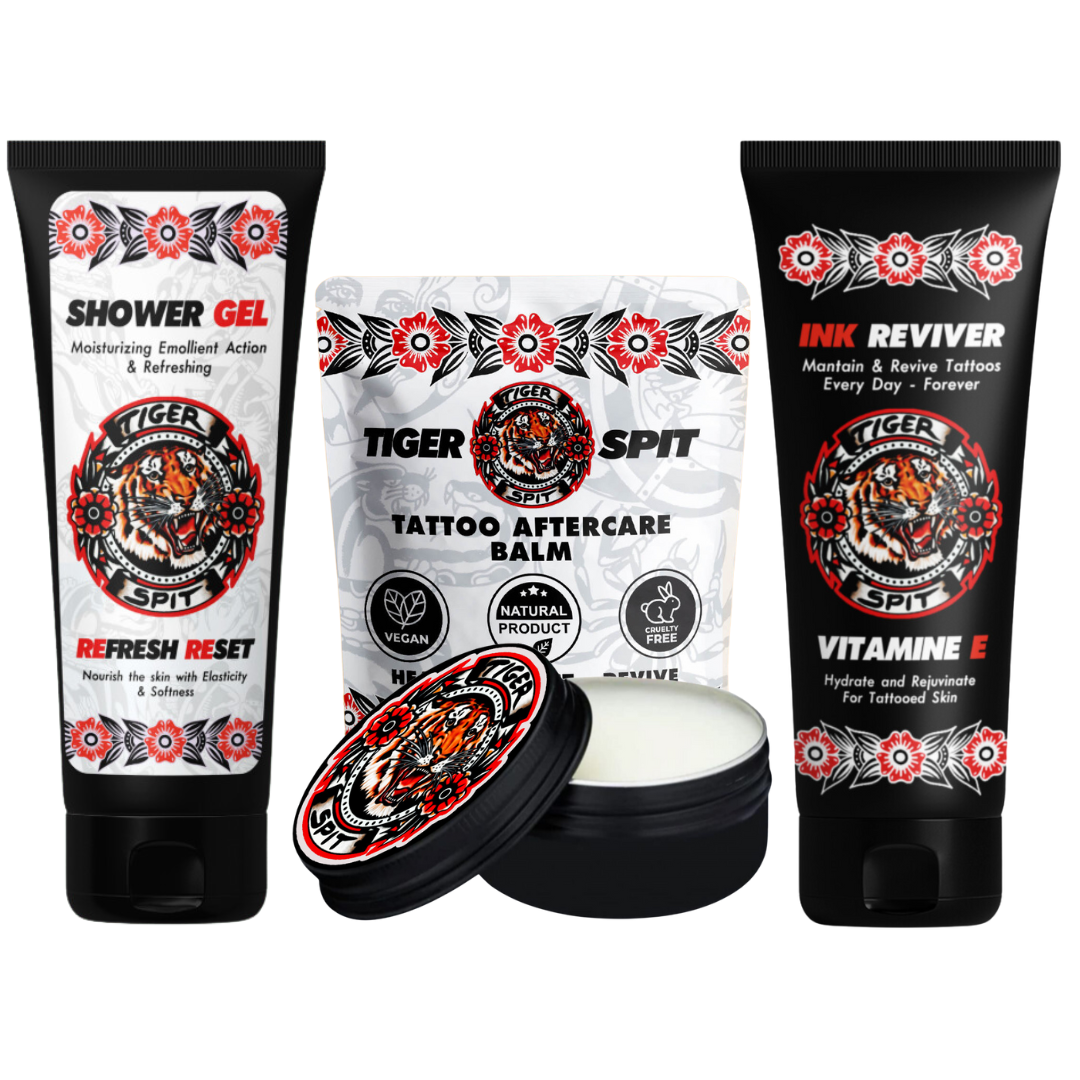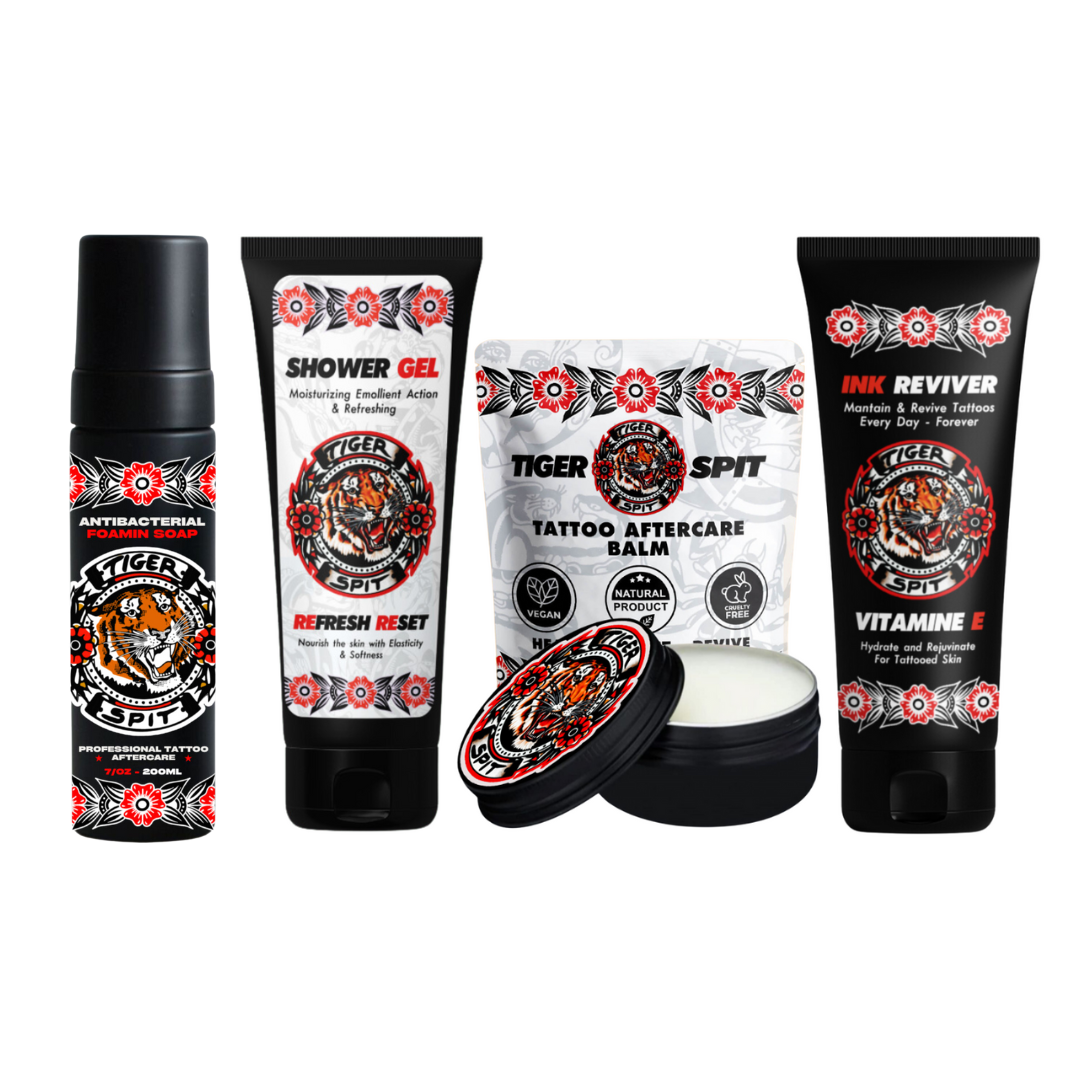Dealing with an Infected Tattoo: Signs, Symptoms, and Solutions
Dealing with an Infected Tattoo: Signs, Symptoms, and Solutions
Introduction: Getting a tattoo is a significant and often meaningful decision for many people. However, like any other medical procedure, it comes with risks, one of which is infection. While most tattoo procedures are safe when done by professionals in clean environments, infections can still occur. If you've found yourself with an infected tattoo, it's crucial to understand what signs to look for and how to properly address the situation.
Signs and Symptoms: Recognizing the signs and symptoms of an infected tattoo is essential for prompt treatment. Here are some common indicators:
-
Redness and Swelling: A mild amount of redness and swelling is normal in the initial days after getting a tattoo. However, if these symptoms worsen or persist beyond a few days, it could be a sign of infection.
-
Pain and Tenderness: While some discomfort is expected during the healing process, excessive pain or tenderness, especially accompanied by warmth around the tattooed area, can indicate an infection.
-
Pus or Discharge: Any discharge of pus or fluid from the tattoo site, particularly if it is yellow or greenish in color and has a foul odor, is a clear sign of infection.
-
Fever and Chills: Systemic symptoms like fever, chills, and a general feeling of illness often accompany more severe cases of tattoo infection and should not be ignored.
-
Delayed Healing: If your tattoo is taking significantly longer to heal than expected or if you notice any unusual changes in its appearance during the healing process, it could be a cause for concern.
What to Do If You Suspect an Infection: If you suspect that your tattoo may be infected, it's crucial to take action promptly. Here are the steps you should follow:
-
Don't Panic: While an infection is serious, panicking will not help the situation. Stay calm and focus on addressing the problem.
-
Clean the Area: Gently clean the infected area with mild soap and water. Avoid harsh scrubbing, as this can further irritate the skin.
-
Apply Antibacterial Ointment: After cleaning the area, apply a thin layer of antibacterial ointment to help prevent further infection. Be sure to use a product recommended by your tattoo artist or healthcare professional.
-
Cover the Tattoo: If possible, cover the infected tattoo with a sterile bandage to protect it from further contamination.
-
Seek Medical Attention: If the symptoms persist or worsen, or if you develop systemic symptoms like fever or chills, seek medical attention immediately. A healthcare professional can provide proper diagnosis and treatment, which may include antibiotics or other medications.
Preventing Tattoo Infections: While not all tattoo infections can be prevented, there are steps you can take to minimize your risk:
-
Choose a Reputable Tattoo Artist: Research tattoo studios thoroughly and choose an artist with a reputation for professionalism and cleanliness.
-
Follow Aftercare Instructions: Proper aftercare is essential for preventing infection. Follow our tattoo artist's aftercare instructions carefully, including keeping the tattoo clean and moisturized with TIGER SPIT TATTOO BALM
-
Avoid Swimming: Avoid swimming, soaking in hot tubs, or exposing your tattoo to excessive moisture until it has fully healed, as this can increase the risk of infection.
-
Monitor Healing: Keep a close eye on your tattoo during the healing process and seek medical attention if you notice any signs of infection.
Conclusion: While an infected tattoo can be a cause for concern, prompt action and proper treatment can help prevent serious complications. By familiarizing yourself with the signs and symptoms of infection and taking steps to minimize your risk, you can enjoy your tattoo safely and responsibly. If you suspect an infection, don't hesitate to seek medical attention to ensure proper care and healing.




